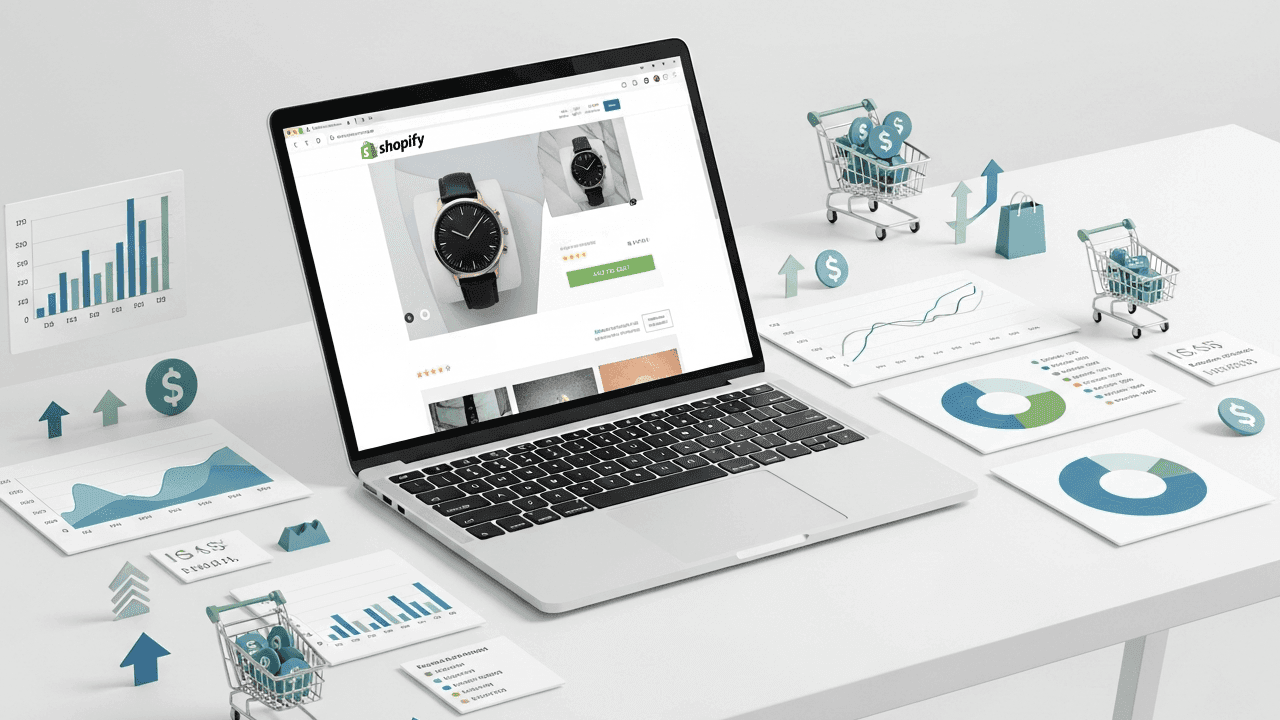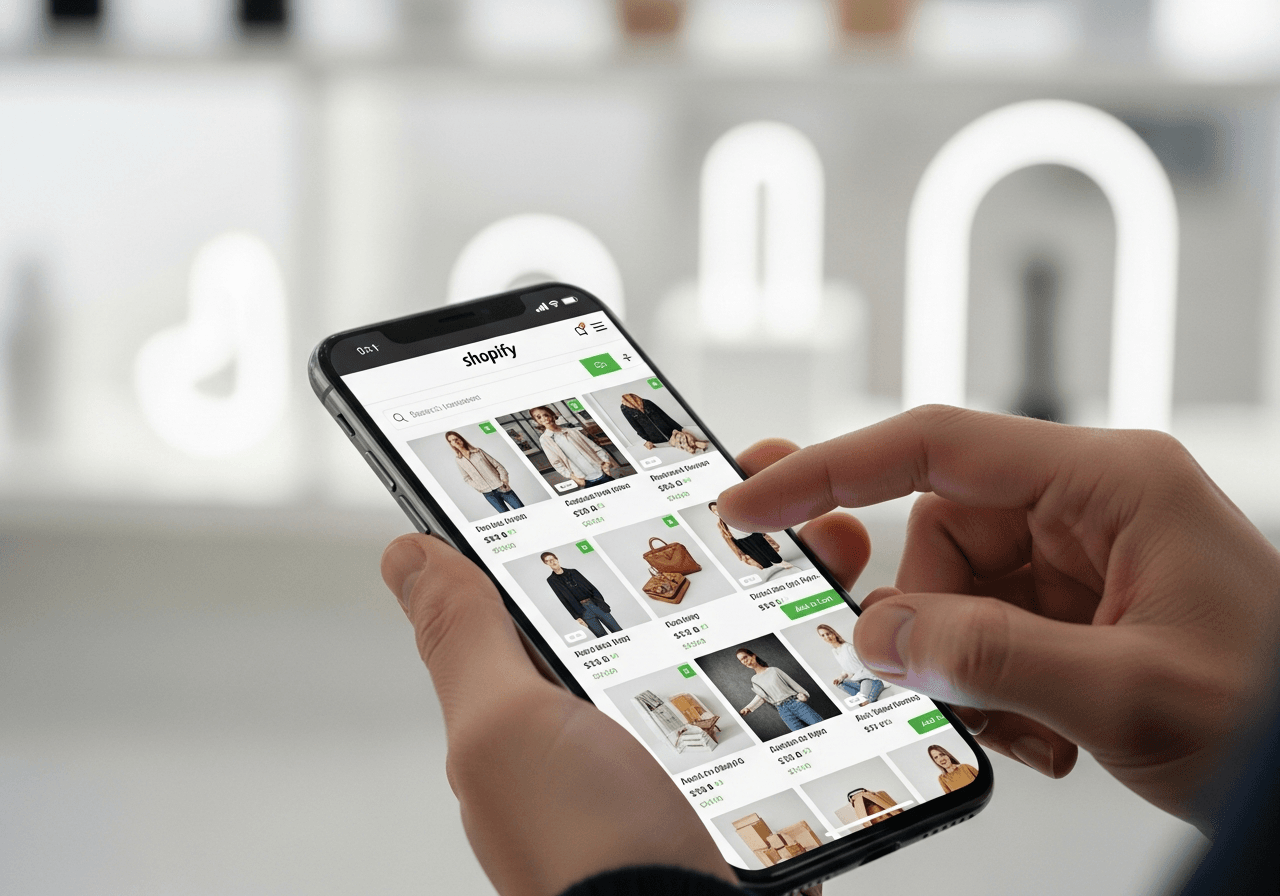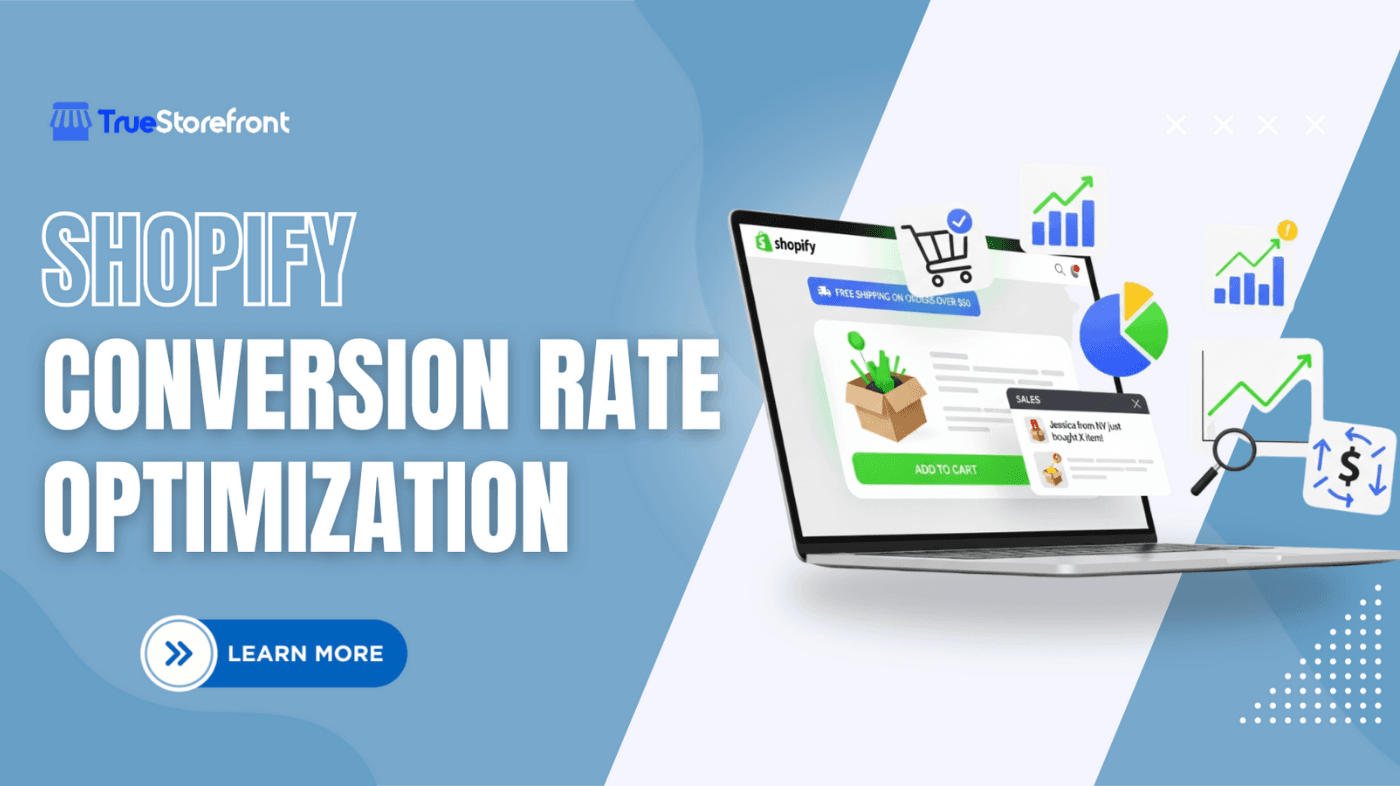Attracting traffic to your Shopify store is important, but turning that traffic into paying customers is the real goal. Many online merchants face a common challenge: high visitor numbers but low sales conversions. That is why mastering Shopify conversion rate optimization is essential for sustainable growth.
This guide explores ten proven and practical techniques that can help you increase conversions, improve user experience, and grow your revenue on Shopify.
I. Optimize Store Design for Clarity and Speed

Your store design is the first impression visitors have of your brand. A clean and professional layout encourages users to stay and explore.
Best practices:
- Keep your homepage simple and visually consistent with your brand identity.
- Use clear navigation so customers can easily find products.
- Highlight key selling points and featured collections above the fold.
- Ensure your call-to-action buttons are visible and compelling.
Website speed is another crucial factor. Slow websites frustrate users and drive them away. According to research, even a one-second delay can reduce conversions by 7 percent.
Tips to improve site speed:
- Compress product images without losing quality.
- Use lightweight themes optimized for Shopify.
- Remove unnecessary apps or third-party scripts.
- Enable browser caching and lazy loading.
A fast, easy-to-navigate website increases trust and helps guide shoppers smoothly toward checkout.
II. Simplify the Checkout Process
Complicated checkout steps often lead to abandoned carts. Your goal is to make the buying experience as simple and fast as possible.
Suggestions:
- Enable Shop Pay, Apple Pay, or Google Pay for quick checkout.
- Allow guest checkout so customers do not need to create an account.
- Reduce form fields to only essential information.
- Display shipping costs and delivery times clearly before checkout.
Streamlining your checkout process can significantly lower cart abandonment rates and boost overall conversions.
III. Use High-Quality Product Images and Videos

When customers shop online, visuals are the main factor influencing their decision. Attractive and clear visuals make your store look professional and trustworthy.
Recommendations:
- Use multiple high-resolution photos from different angles.
- Add lifestyle images that show products in real situations.
- Include product videos demonstrating how the product works or looks when used.
According to research, adding product videos can increase conversions by up to 80 percent.
IV. Create Persuasive and Benefit-Oriented Product Descriptions
Your product descriptions should not just describe features but explain how the product benefits the customer. Well-written descriptions can motivate potential buyers and reduce hesitation.
Effective writing tips:
- Focus on benefits and outcomes.
- Use simple, emotional, and persuasive language.
- Include bullet points for readability.
- Integrate your shopify conversion rate optimization keyword naturally.
For example, instead of writing “Cotton T-shirt for men,” say “Stay comfortable all day with our premium cotton T-shirt designed for everyday wear.”
V. Offer Discounts and Limited-Time Promotions
Shoppers love feeling that they are getting a special deal. Use urgency and scarcity tactics to encourage quick purchases.
Ideas for promotions:
- Flash sales with countdown timers.
- Free shipping above a certain order amount.
- Bundle offers and buy-one-get-one deals.
- First-time customer discounts.
Shopify apps such as Discount Ninja or Vitals can help automate promotions and track performance.
VI. Leverage Social Proof and Customer Reviews
Social proof builds credibility and trust. When shoppers see positive feedback from other customers, they are more likely to buy.
Best practices:
- Collect and display verified reviews using apps like Loox or Judge.me.
- Encourage customers to share photos of your products.
- Highlight testimonials or media mentions on your homepage.
According to surveys, more than 90 percent of shoppers read reviews before purchasing. Showing authentic reviews can make a big difference in your conversion rate.
VII. Personalize the Shopping Experience
Personalization helps customers feel valued and understood. Shopify provides several tools and apps that allow you to create tailored experiences.
Effective personalization strategies:
- Show product recommendations based on browsing history.
- Send personalized follow-up emails for abandoned carts.
- Use AI-powered apps such as Rebuy or LimeSpot for predictive recommendations.
- Display “Recently Viewed” or “Recommended for You” sections on product pages.
A customized experience encourages longer browsing time and higher purchase rates.
VIII. Build Trust with Transparency and Customer Support
Customers need to feel confident before completing a purchase. Trust is built through transparency, reliability, and communication.
Tips to build trust:
- Provide clear return, refund, and shipping policies.
- Display secure payment badges and privacy information.
- Include an About Us page that tells your brand story.
- Offer real-time assistance through live chat or chatbots like Shopify Inbox or Tidio.
Visible support and transparent communication reassure customers that your brand is legitimate and reliable.
IX. Optimize for Mobile Shoppers

More than 70 percent of Shopify traffic comes from mobile devices. A mobile-optimized store ensures visitors can browse and buy comfortably from any device.
Mobile optimization checklist:
- Use a responsive Shopify theme that adapts to all screen sizes.
- Keep menus simple and avoid large pop-ups.
- Ensure call-to-action buttons are large enough for mobile users.
- Test your checkout flow on multiple devices and browsers.
A seamless mobile experience not only improves conversions but also strengthens SEO rankings.
10. Track, Analyze, and Continuously Improve
Conversion optimization is an ongoing process. Constantly testing and measuring results will help you understand what works best for your audience.
Important metrics to track:
- Conversion rate
- Cart abandonment rate
- Bounce rate
- Average order value
- Customer lifetime value
Use tools like Hotjar, Google Analytics, and Lucky Orange to visualize user behavior. Experiment with A/B testing to find which headlines, product images, or CTAs generate higher engagement.
Continuous improvement ensures your Shopify store remains competitive and adapts to changing customer expectations.
Final Thoughts
Successful Shopify conversion rate optimization does not happen overnight. It is the result of consistent testing, careful design, and a deep understanding of customer behavior. By focusing on simplicity, personalization, trust, and transparency, you can create a seamless shopping experience that encourages customers to buy and return again.
Start applying these ten proven strategies today to see measurable improvements in conversions, sales, and customer satisfaction.
Read more:
